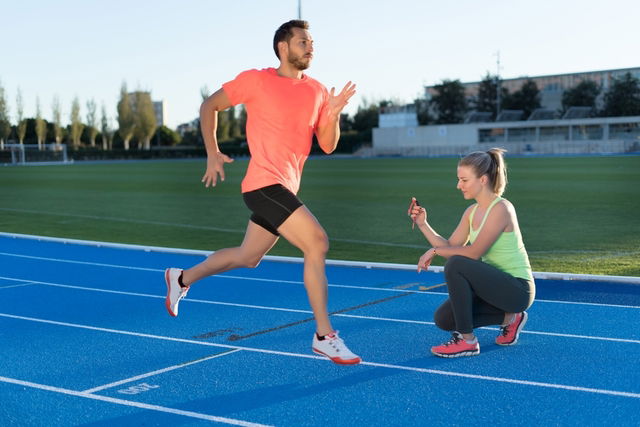The Cooper test is a cardiovascular fitness test that measures how far a person can run in 12 minutes. The objective of this test is to quantify a person’s physical condition.
This test can indirectly calculate the maximum rate of oxygen consumption (max VO2), which can give insight into how oxygen is used and transported during exercise. This is an accurate indicator of a person’s aerobic fitness level.
Results vary from men to women and can fluctuate depending on the person’s age, with younger adults generally having a better fitness capacity than older adults.

How to complete
To complete a Cooper test, you should walk or run, without interruptions, for 12 minutes. This can be done on a treadmill or running track, and you should aim to keep the same pace throughout the 12 minutes. After this time, the total distance covered should be noted.
This total distance is then applied to a formula to calculate max VO2, from which your fitness level an be calculated. To calculate max VO2 from distance covered in 12 minutes, enter your distance in meters (D) into the following formula: VO2 max = (D – 504)/ 45.
Depending on your max VO2 result, a health care professional or fitness instructor can set a fitness plan to either maintain or improve your aerobic abilities.
How is max VO2 determined?
Max VO2 quantifies a person’s ability to consume oxygen during exercise. It can be calculated through perofrmance tests, like the Cooper test.
This parameter is commonly used to evaluate a person’s aerobic fitness, as it is directly related to cardiac expenditure, hemoglobin concentration, enzymatic activity, heart rate, muscle mass and oxygen levels.
What results mean
The Cooper test should be interpreted by a medical professional or fitness instructor. The VO2 result should be assessed alongside other factors, like body composition and hemoglobin levels to determine how oxygen is transported. This can vary significantly in men and women.
The following table outlines aerobic fitness levels as calculated using the distance covered in 12 minutes:
1. Fitness level in men
Fitness levels in men depend on age, which can be referenced below:
2. Fitness level in women
Fitness levels in women also depend on age, which can be referenced below:
